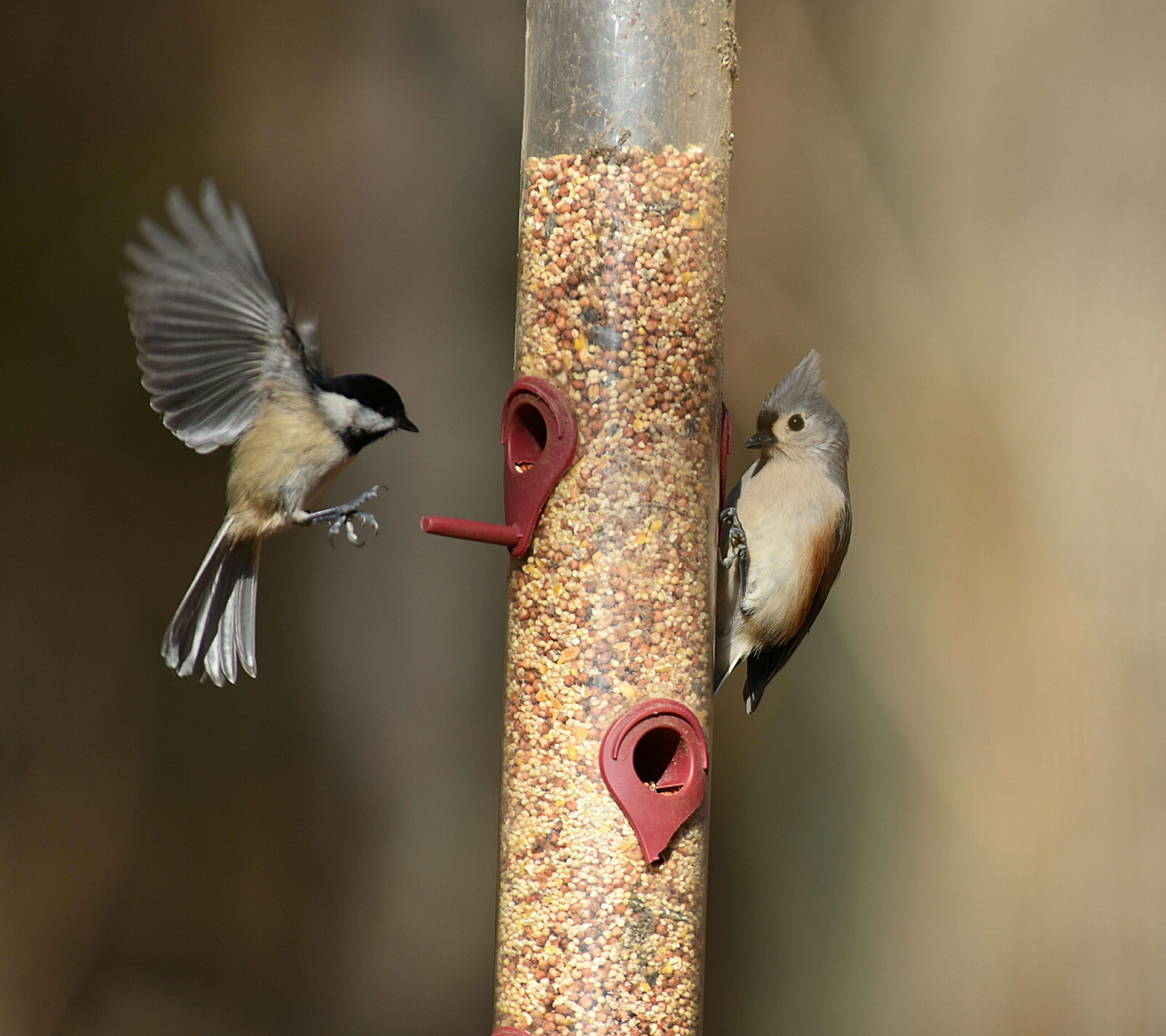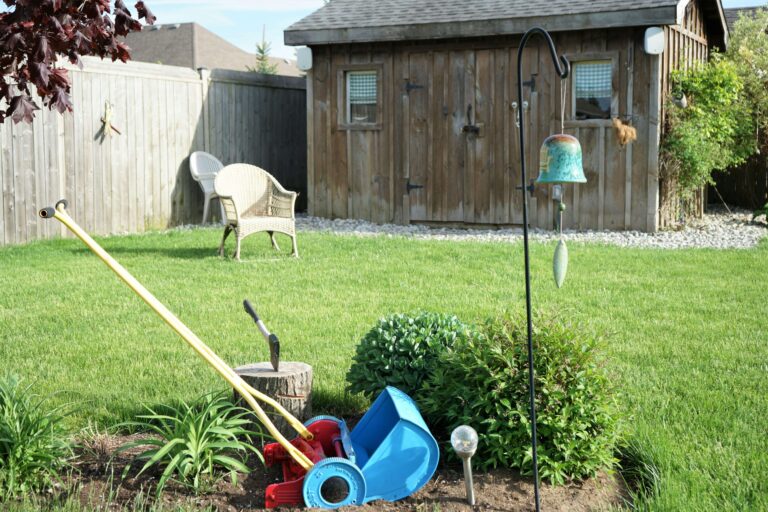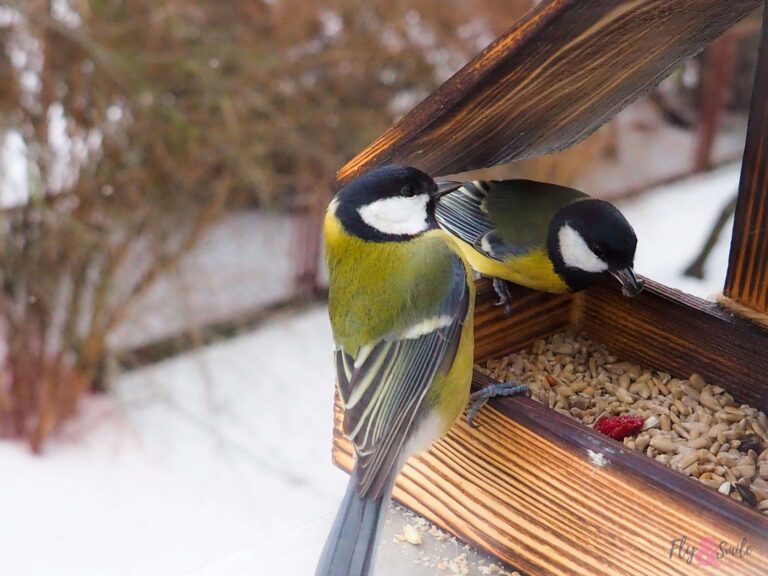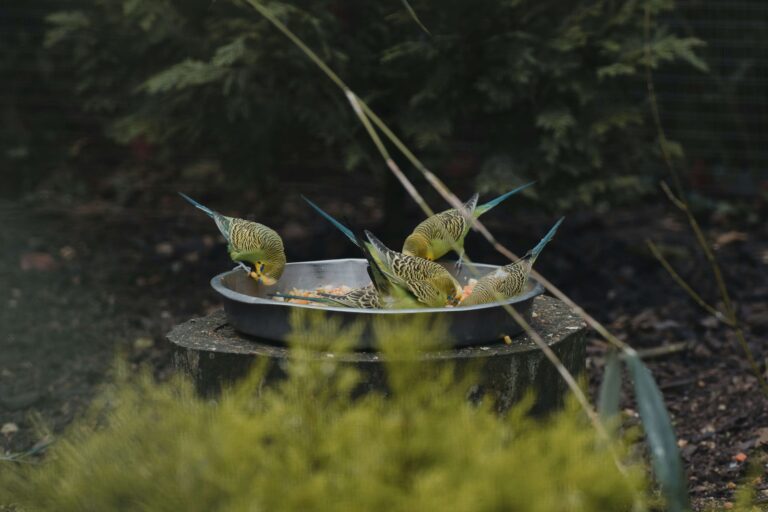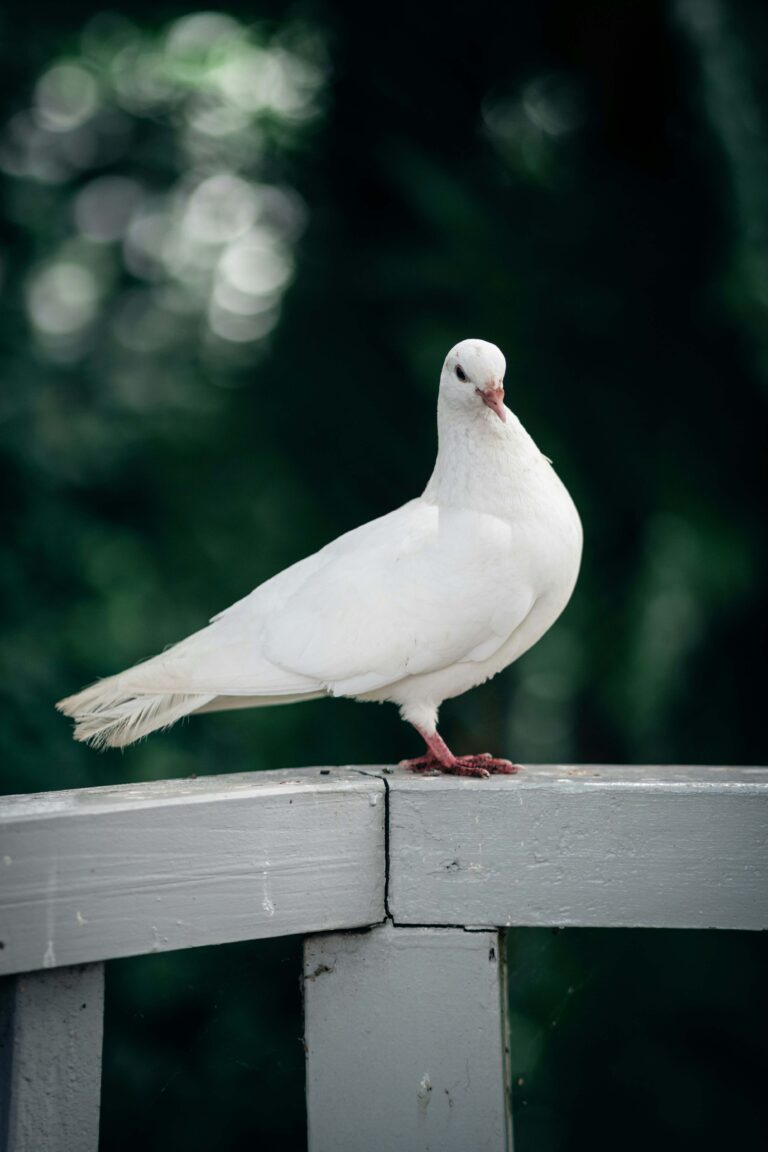Bird Feeder Pole Guide: Find the Best Setup for Your Backyard
So, you’re thinking about setting up a bird feeder — and now you’re wondering, do I really need a special pole for it? Trust me, it makes a bigger difference than you might think.
A good bird feeder pole keeps your feeders steady, helps protect the birds from sneaky predators, and makes it a whole lot easier for you to actually enjoy watching them. (Because nothing’s worse than a feeder that tips over the second the wind picks up.)
In this guide, I’ll walk you through the basics — what to look for in a pole, how to set it up, and a few easy tips to help turn your backyard into the busiest little bird café in the neighborhood.
Let’s walk through how to choose the best one for your space (and your feathered guests). Learn more through other blog posts: Birdwatching Journal: How to Start (Ideas, Tips, and Inspiration)
Why Choosing the Right Feeder Pole Matters
It might seem like just a stick in the ground, but your pole does a lot of behind-the-scenes work. A well-designed bird feeder pole:
- Keeps feeders steady in wind or rain
- Raises feeders off the ground, keeping seed dry and predators at bay
- Makes it easier to view birds from your window or porch
- Deters squirrels or raccoons (if you choose the right setup)
If your current pole wobbles, leans, or sags under the weight of a full feeder, it might be time to upgrade.
Different Kinds of Feeder Poles for Your Yard
Different yards (and birdwatchers!) have different needs. Here are some of the most common styles:
- Shepherd Hooks – Classic curved poles, easy to install, great for one feeder or plant basket.
- Multi-Arm Poles – Best for serious birdwatchers who want multiple feeders in one place. Great for finches, woodpeckers, and cardinals who prefer variety.
- Deck-Mounted Poles – Ideal for apartment dwellers or homes with limited yard space. They clamp directly onto your railing.
- Adjustable Poles – Allow you to change the height depending on feeder type or bird behavior.
Want more flexibility or space for a suet cage and seed feeder? A multi-arm or modular setup might be your best bet.
How to Pick the Best Pole for Your Backyard Feeders
Not all poles are created equal. Keep an eye out for:
- Height – 5–6 feet is ideal for visibility and keeping seed out of reach from ground critters.
- Weight Capacity – If you use large feeders or multiple arms, make sure the pole can handle the load.
- Material – Powder-coated steel resists rust and lasts through seasons. Aluminum is lighter but may bend more easily.
- Stability Features – Look for poles with ground anchors, stakes, or options to add cement bases.
A wobbly pole is frustrating—not just for you, but for the birds, too.
Installing Your Feeder Pole the Right Way
It doesn’t need to be a big project. Here’s a simple step-by-step:
- Pick your spot (we’ll talk more about placement next).
- Insert the pole base – If it comes with a ground stake, drive it in with a rubber mallet. For loose soil, consider a screw-in base or concrete footing.
- Attach the pole and ensure it’s straight.
- Hang your feeder, then test for wobble. Adjust as needed.
- Add a squirrel baffle now if you’re using one—it’s easier before feeders are attached.
Tip: If your soil is soft or sandy, adding a cement sleeve (like Quikrete Fast-Setting Concrete in a bucket) will help keep your pole upright for the long haul.
Where to Place Your Bird Feeder Pole for the Best Results
Birds need to feel safe—and visible—when feeding. Place your pole:
- Near shrubs or trees, so they have a quick escape if needed
- Away from fences or railings that squirrels can jump from
- In dappled sunlight if possible; some seed blends spoil faster in direct sun
- Near a window or favorite sitting spot, so you can enjoy the view
Avoid placing feeders right under trees or overhangs—wet seed, droppings, and leaves will make a mess over time.
Squirrel-Proof Bird Feeder Poles: Are They Worth It?
Short answer? If squirrels are a problem in your yard, yes.
Look for poles with:
- Built-in baffles (those cone-shaped barriers)
- Pole-mounted guards that spin or tilt under a squirrel’s weight
- Tall, sleek designs with no grip or jump points
Some poles are designed to pair with specific squirrel-proof feeders, making it a double defense system. Just make sure the baffle is installed 4–5 feet off the ground—or squirrels will leap right over it.
Favorite Feeder Poles for Easy Backyard Birdwatching
Here are a few tried-and-true options we love (affiliate links included — but only to gear we genuinely recommend):
- Gray Bunny Heavy-Duty Multi-Feeder Pole – Great for those wanting multiple feeders in one spot. Very stable with ground anchors.
- Erva Tool-Free Shepherd Hook – Easy install and classic look, great for beginners.
- Stokes Select Adjustable Deck Mount – If you’re short on yard space, this attaches right to a railing.
Each of these has been tested by home birders and holds up beautifully through wind, weather, and hungry finches.
Tips for Creating a Cozy, Bird-Friendly Feeding Station
A pole alone is great—but creating a true bird haven means thinking beyond the feeder:
- Add a water source, like a shallow birdbath nearby
- Include shelter, such as native shrubs or even a brush pile
- Offer a variety of feeders—nyjer seed, suet, and sunflower mix bring in different species
- Keep things clean—clean feeders every 2 weeks to prevent mold and disease
And don’t forget a cozy bench or chair for yourself. After all, birdwatching is best enjoyed slowly—with a warm drink and a quiet view.
